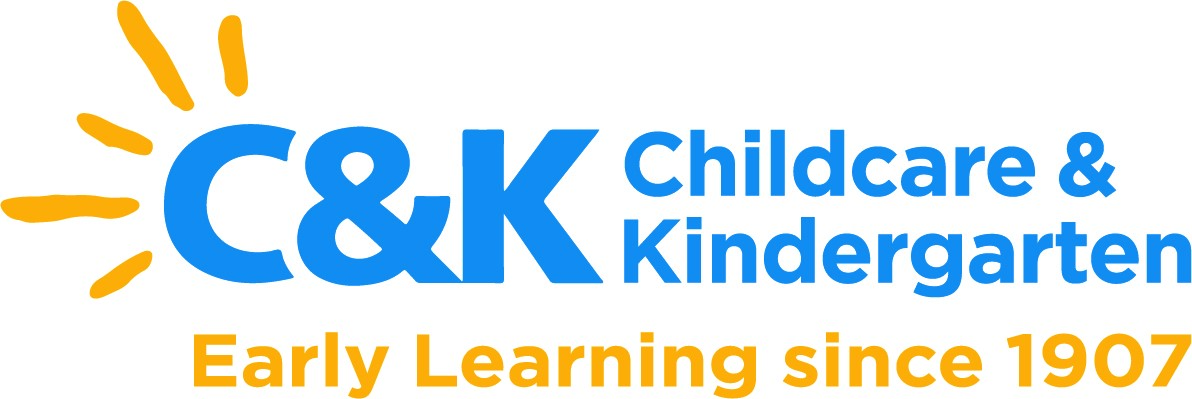
Where is it?
6 Jasper St, Woree QLD
Category
Early Childhood Nature Play Spaces
Visit the website for more information
View websiteBayview Heights Community Kindergarten is located in a southern suburb of Cairns in Far North Queensland and was established in 1976. They are a not-for-profit community kindergarten managed by a group of volunteer parents who are elected annually. The kindergarten is affiliated with C&K who has offered the highest standard of early childhood education and care since its inception in 1907. They run two kindergarten classes. One class operates over 2 long days every Monday and Tuesday, the other operates 5 days per fortnight on alternate Wednesdays and every Thursday and Friday with 22 children per class. Their Director is a registered teacher, receiving Honours in Bachelor of Education (Early Childhood). Their Assistants are also Bachelor of Education trained or Certificate III trained. All staff are passionate and dedicated educators who love what they do.
Developing Our Space at Bayview Heights Community Kindergarten
The nature space, or outdoor environment, has always been important to Bayview Heights Community Kindergarten. Established in 1976 and located in the southern suburbs of Cairns in Far North Queensland we are surrounded by World Heritage listed areas. Our kindergarten reflects this unique location with abundant rainfall, flora and fauna. The central feature of our playground is a large fig tree that a wise elder had the foresight to plant over 40 years ago and its shade, habitat and life force is a daily gift to us all at the kindergarten.
Our foundation was an appreciation of our outdoor environment however, it was through research about the benefits of children playing and learning in and through nature that we were led to move past merely enjoying the space to developing plans to make it a nature space that was more purposeful. We intentionally planned areas outdoors that would act as a tool to facilitate children’s learning and to create opportunities or possibilities. Features included a butterfly garden, frog and fish pond, vegetable and herb garden, fairy garden, mud patch with a boat and jetty, a yarning circle and firepit space, a water pump in the sandpit, boulders and timber stumps for climbing, a tree deck space and bluestone paver spaces for art or small world play.
We engaged in learning about loose parts and the endless possibilities for learning and creative thinking they provide. Again, loose parts like water pipes, seedpods and stones had always been in our environment but we became more intentional and sought items like timber pallets, wood offcuts, pavers and other pre-loved items that acted as a provocation for creative thinking and building outdoors.
We combined this interest by joining loose parts with using tools and guiding the children in using real tools like saws, drills, hammers and screw drivers in their work. Keeping our tools in a tool wrap allows them to be easily moved and used in many areas of the outdoor environment.
The use of fire for cooking and learning is also part of our redeveloped outdoor space. The fire pit can be added to the yarning circle space in cooler months, again making it a flexible space. Cooking eggs from our chickens, making damper, boiling water for cocoa, making popcorn or toasting marshmallows are all ways for the children to learn about working safely with fire and its qualities, uses and benefits.
Finding confidence to engage in more risky experiences like using tools and using fire came when our Director attended a 6 day Nature Pedagogy training. During this training the concept of learning through nature “indoors, outdoors and beyond” was visited. We thought more deeply about this and have implemented offsite excursions to visit our local creek. The children demonstrated a real connection to this space, wanting to remove any rubbish they might find and noticing small changes at each visit. At the creek the children have the freedom to spend unplanned time in nature and these visits have added a new dimension to our nature pedagogy.
With the changes to our space we felt almost everything you can do indoors could be done outdoors – and more! This belief also led to changes in our daily schedule. We have made outdoor play and time in nature a priority by starting our day with at least 2 ½ hours outdoors and allowing the children to eat morning tea in their own time by moving to a picnic mat when they are hungry. This allows them to engage in their play and learning more deeply and encourages them to be more mindful of their bodies’ individual need for food. We also move routines like group meetings and lunch outdoors and ask the children to choose if they would like to be a “tree person” at rest time and lie under our fig tree.
Alongside developing our space, we have also developed our attitudes to caring for and appreciating nature in other ways. A focus on sustainability has grown alongside our approach to nature pedagogy. For example, we reduce, reuse and recycle wherever possible, we aim to minimise our use of plastic and we choose art experiences carefully as ways to minimise our impact on the planet. Modelling our care and respect for and the importance of the natural environment to the children is very important to us.
Our journey in developing our space at the kindergarten is ongoing and we look forward to our space continuing to evolve as partnerships arise and new learning takes place into the future.





